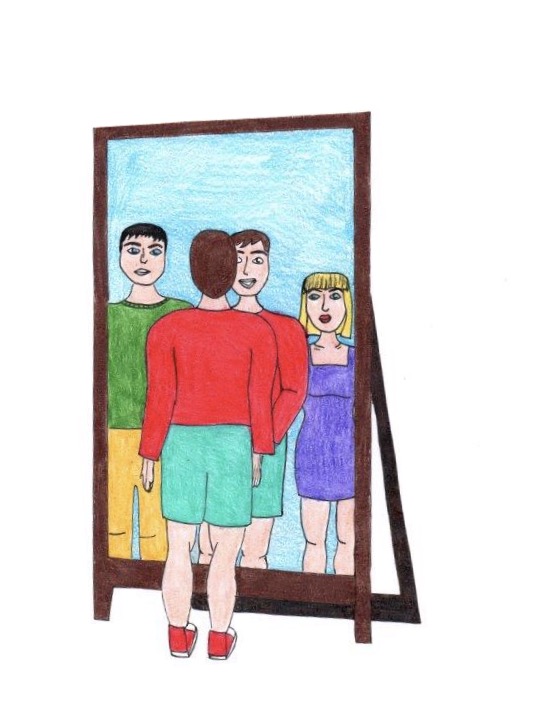Tulpas: crazy fevered visions or mental chains grounding to reality?
Have you ever had an imaginary friend? Associated with youth, imaginary friends are developed people, mythical beings, and lifelong friends that are not real.
They provide comfort in being everything that you need. What happens, however, when they don’t go away?
That’s called a tulpa, a sentient person, creature, or animal only seen by you. They can be an ironclad metalloid, a sick prison warden, a holographic cat, and all inside someone’s head.
Here’s the conundrum: are these things real? Of course not, but are they healthy? No completely grounded office worker or Joe Schmo is haunted by these things, but the select few of the population, the “misfits,” they have these friends.
Nothing is necessarily wrong with tulpas. When they order their owner to hurt themselves or others, however, that person needs help.
But when these figments don’t, when they just hang out, chill and do not affect anyone, should you get therapy for these friendly phantoms?
They can pull people away from reality, and some folks can become so delusional that their entire fabrication of real life is shattered. It is definitely a case by case with tulpa users, but tulpas can do some good for people who need them.
Introverts pulled away from life, with no friends and living alone, can use these creatures to stay sane. It is like Wilson from “Cast Away,” wherein Tom Hanks used him to ground his empty social sphere.
Some tulpa users have even banded together in homes to be around people who understand them. The groups can become their tulpas, communicate with others, and live normal lives filled with a couple extra friendly faces.
It is hard to define this as a mental illness, but I would say it is. However, that doesn’t mean tulpa enthusiasts need to start popping pills and vanish their friends.
A tulpa can be a puzzle piece to your life, and finding the right real friends, possibly who use tulpas too, will create unlikely communities built on imagination.



Mac • Feb 15, 2018 at 2:31 am
Prove they arent real. They interact with their hosts and others just like other sentient beings do. They react. They feel. They respond. There is no, “single consciousness” present in your head. Your neurons are like billions of beings working together, just like humans do (or ants) and like humans, with our complex intellect, theyre going to form different entites which make up the whole. This goes for every bit of conscious thought produced by your mind. It goes down to the basic cell, let alone neurons. You’re closeminded as hell and you need to start thinking for yourself and stop depending on cultural assurtions in determining proper behavior and use of social/mental ideas. Also, stop hating imagination and intellect. You call it “crazy” or “insane” because YOU’RE INCAPABLE OF GRASPING HIGHER CONCETPS, OR SIMPLY DONT WANT TO, NOT BECAUSE THEY ARENT REAL. This ignorance is reinforced by your fears of the unknown, grounded in the mundane western society which birthed it. Let ideas flurish and stop trying to harrass others into intellectual conformity.